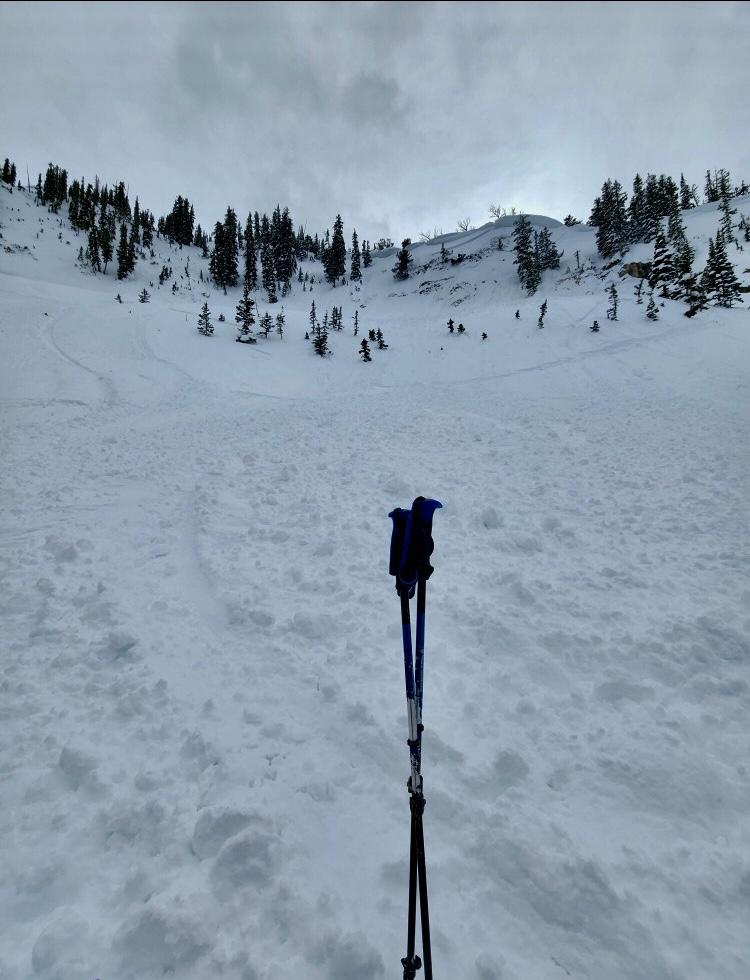Forecast for the Provo Area Mountains

Issued by Dave Kelly on
Saturday morning, March 30, 2024
Saturday morning, March 30, 2024
Today, the avalanche danger will start out at MODERATE on all aspects and elevations for new and wind-drifted snow. The avalanche danger could rise to CONSIDERABLE throughout the day with increased snowfall and wind.
The travel advice for today is to use careful snowpack evaluation and cautious route finding. Avalanches travel in packs, so if you see signs of instability, it is time to back off and choose lower angle terrain. On east facing slopes at mid-elevations there is a lingering layer of facets above a melt-freeze crust that may make for more sensitive avalanche conditions on terrain over 35 °.

Low
Moderate
Considerable
High
Extreme
Learn how to read the forecast here









